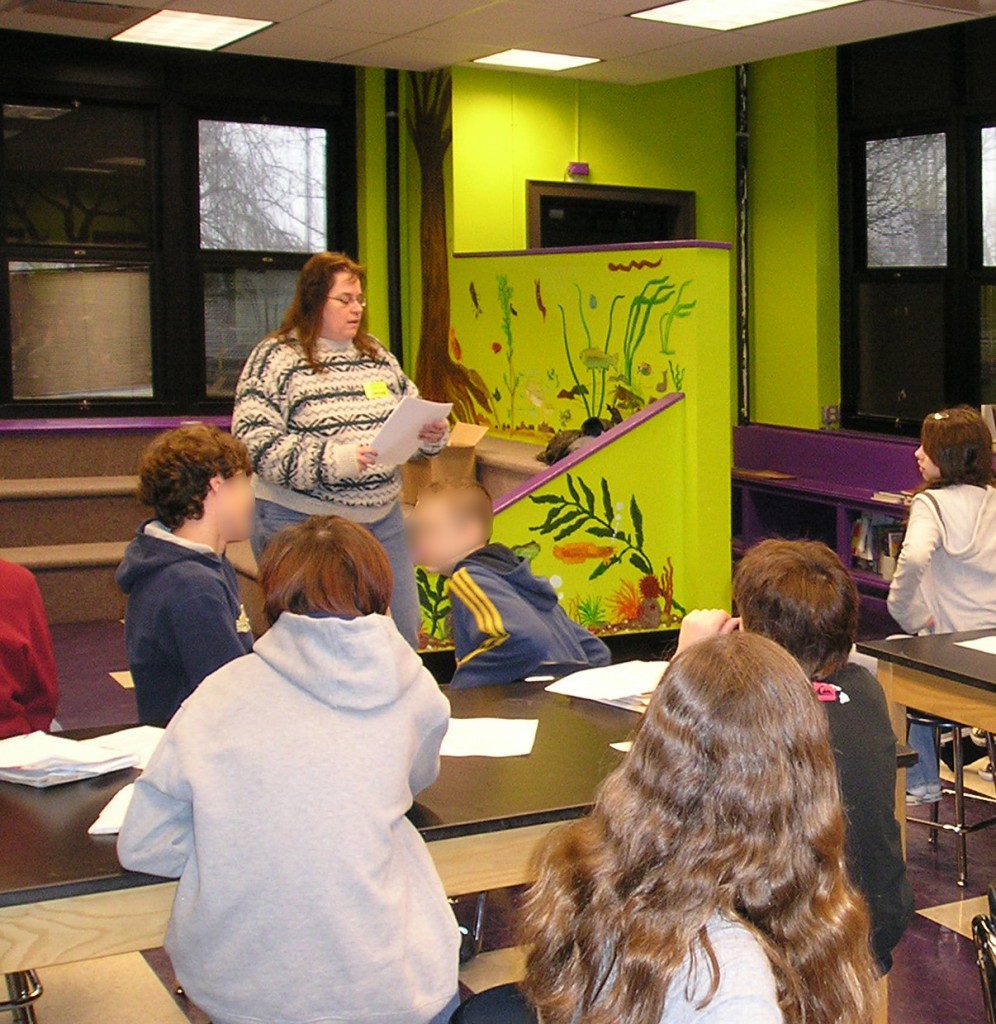After you’ve written your book and gotten it published, you have about a year to really make a mark with it in the reader marketplace. Hopefully, you thought about how to promote your book even before you started writing it, and have built some great marketability into the content and format. But even if you’re coming to book promotion late in the game, all is not lost. There’s plenty to learn and lots of places to begin to make a name for yourself and your work. In the interest of efficiency, it makes sense to put most of your effort into places where you can make volume sales. And there are few such markets as interesting and attractive as the education market.
For self-published authors and other small independent publishers, the school market may at first appear untouchable. It’s a crowded marketplace, with dozens of big-name publishers vying for the volume sales generated when whole schools or entire districts buy a title. Aside from the sometimes questionable tactics used by big publishers to get their textbooks into the schools (deeply discounting or even BOGO pricing one book to make huge sales on another, more profitable title — yes, it happens, and purchases are not always based on what’s most appropriate for any given course), there are all kinds of seen and unseen barriers to entry to this most lucrative selling field. But it’s not impossible to crack, if you set realistic expectations and take the time to understand the way schoolbooks get bought and used.
It’s a fallacy that only textbooks are used for teaching in schools. Remember back to when you were in grades K-12: Remember Scholastic’s Weekly Reader, and the neat books they offered for students to buy? Well, they’re still around, and though the Reader has gone digital (what hasn’t?), kids can still buy Scholastic titles to take home. And those books are often used as integral teaching content in the classroom.
Those titles have going for them instant publisher name recognition among educators, which carries with it a mantle of trust and confidence that their books will be of high quality and appropriate for classroom use. Still, you needn’t be a mammoth, venerated publisher to get your books into students’ hands. Sure, it takes some doing, but even small independent publishers — including self-published authors — can get their books into the hands of classroom readers, if they’re willing to devote the time and energy.
For the purposes of this post series, we’ll assume a high level of quality of the book: Professionally written and edited, illustrated and produced. Something you’d be proud to put in front of anyone, and that you know is well-constructed enough to stand the rigors of rough handling. Of course, if your book is in digital form only, this isn’t a consideration. What would be a consideration, then, would be a high level of interactivity, i.e., your book isn’t just “flat,” but contains enough weblinks, 3D animated illustrations and embedded audio and video to keep modern readers engaged. That’s a whole different post series in itself, so we’ll deal primarily with p-books rather than e-books for this series.
The key term to remember when fishing for classroom readers is RELEVANCE. Teachers are forever on the lookout for fresh materials that bring concepts they’re teaching in the classroom to real-life applicability. This is particularly true for more abstract concepts that can’t be physically demonstrated, such as loyalty, perseverance, conscience, and many science and math concepts. Since teachers typically revert to storytelling to explain these concepts anyway, why shouldn’t it be your book they use to base this teaching on?
Regardless whether you’ve written fiction or nonfiction, there are likely several ways you can effectively promote your book to schools and schoolchildren of appropriate ages. This series will explore things you can do to make your book promotable to them, including how to get in front of the eyes of teachers and others who buy books for classroom use.
Come back and visit next week, when we’ll begin a series of actionable, accessible tips you can immediately get to work on to get your books in front of those who buy books for school use, in and out of the classroom.

One reply on “Creative Book Promotion to Schools, Part 1 – It’s Not Just About Textbooks”
Hello Mary Shafer… I want to thank you for writing this series of articles. I wrote a series of books about a fifteen year old foster child that discovers he has magical powers and thought it would make a great story for young adults. I have been searching for information to get my book into the schools and look forward to reading each of your articles about the subject. So thank you again for writing these articles!